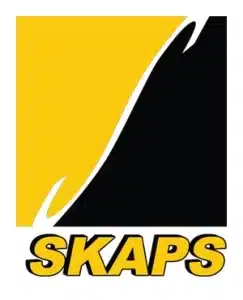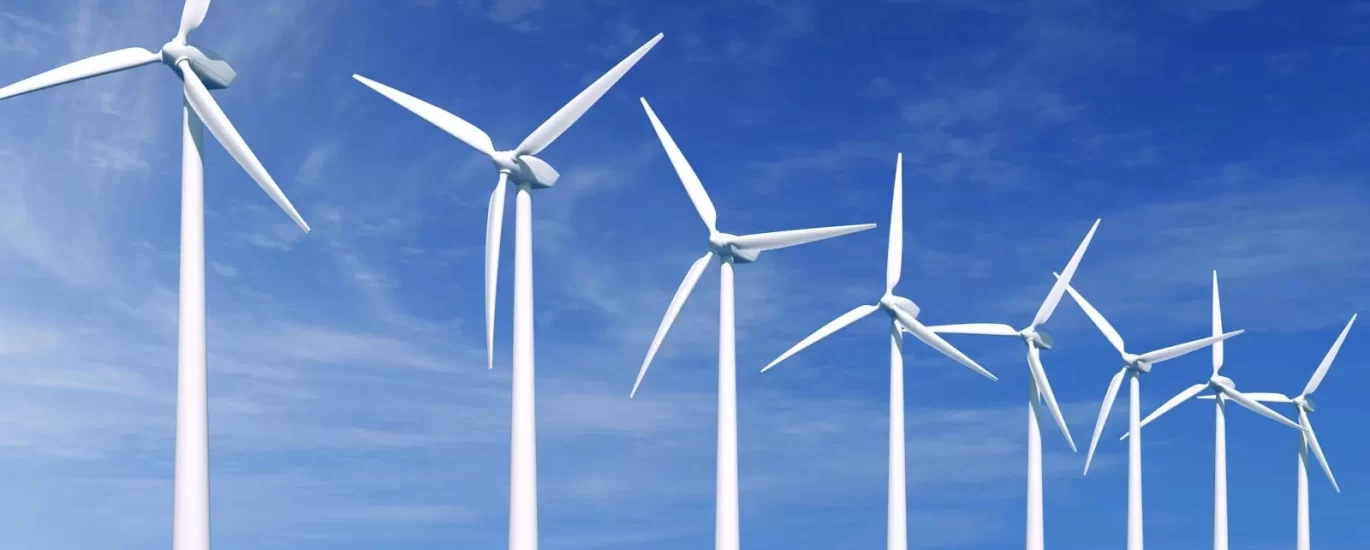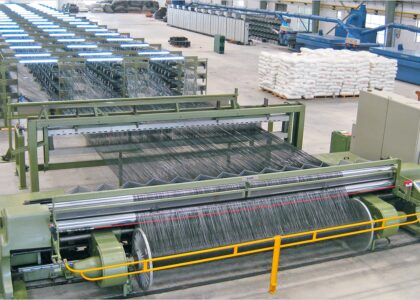The Indian market is right now in a medium phase of growth, with various sectors slowly incorporating FRP composites in their applications. Although looking from a global perspective, its imports account for a mere share of 2% of the world total, India still features amongst the top 15 importing nations, making its presence felt in the global market.
One startling fact is that, with all this growth, India fares low in terms of per capita consumption of fiberglass. With close to a meager .24 Kg when compared to markets like the US (10 Kg) and China (2 Kg), it is evident that there has been limited penetration in most of the sectors. One factor that this can be attributed to is the lack of awareness about the advantages of GFRP composites. Barring a few sectors like wind energy, electrical & electronics (uses fiberglass as a standard material for wind blades & nacelles and PCB boards respectively), most other sectors in India are still heavily relying on conventional materials (e.g. steel and aluminum, and plastic) for greater margins in production.
FRP usage registered the highest share in the mass transportation sector in India in the previous year. But its share of 20.2% translating to roughly 24000MT of fiberglass seems insignificant considering the fact that India is the fifth largest producer of motor vehicles in the world. Since one of the key benefits of using FRP products is the ‘lightweight’ factor, Government policies such as the recently introduced Corporate Average Fuel Efficiency (CAFE) can boost the use of FRP products in the near future. The norm mandates carmakers and OEMs to make their products 10% or more fuel-efficient between 2017 to 2021 and 30% or more from 2022 onwards. Global automotive giants like Toyota, and Suzuki and major Indian automotive manufacturers like Mahindra & Mahindra, and TATA motors are already aiming toward higher composite material usage in vehicles.
A key challenge is the lack of standardization of products in the domestic market. Indian market is characterized by highly dispersed small-scale GF and GFRP composite manufacturers. The lack of industry-standard certifications, quality offerings & diverse product portfolio makes the market heavily dependent on foreign counterparts. China caters to nearly 20 percent of the annual fiberglass demand in the Indian market. Government intervention through the introduction of Anti-Dumping duties has to an extent, put a check on this and in protecting domestic producers. However, the proliferation of FRP usage in other potential sectors will happen only by establishing a supply-side structure on the basis of global standards and manufacturing practices.
This would also help in creating economies of scale for the raw material producers and intermediaries by ensuring that continuous demand will emerge from new sectors and applications.


